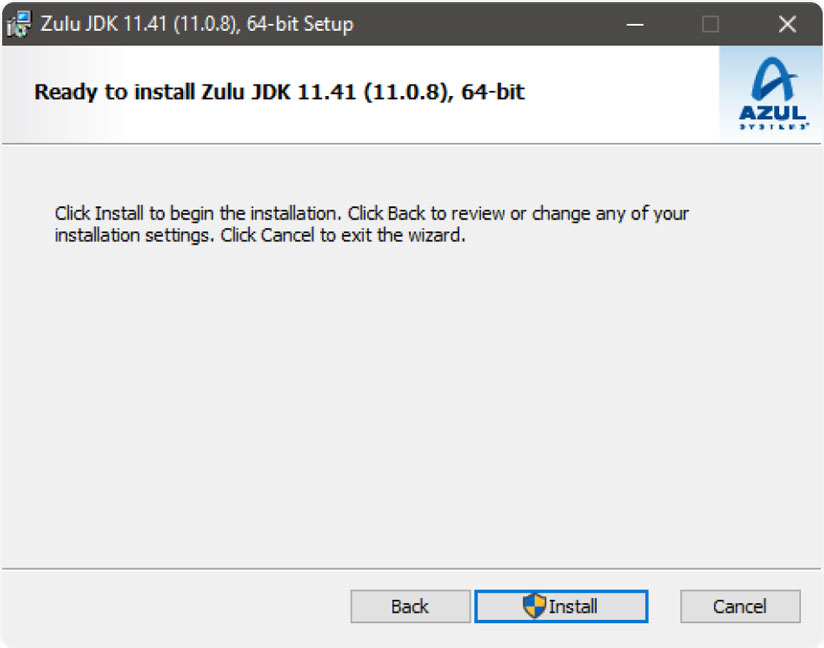
Now let’s configure the OS to be aware of this new one. Let’s get it from their download page and extract it on our Raspberry Pi. Only Azul seems to provide an ARMv6 version with there Zulu JDK, which is available for free! Install Java 11 for ARMv6 provided by Azul So anyone can build Java JDK packages - yes you can even do it yourself! - and luckily a lot of free pre-build versions are available. The sources of Java are available through the open-source project OpenJDK. Server VM is only supported on ARMv7+ VFPĪs expected, the default included OpenJDK for ARM is build for version 7 or higher, so doesn’t work on this ARMv6-based Raspberry Pi B+ 1.2.

When we now boot the Rasberry Pi board with an ARMv6 processor and check the Java version we get this result: $ java -versionĮrror occurred during initialization of VM

We start with a fresh new Raspbian OS on the SD card using the “Imager” tool. Model : Raspberry Pi Model B Plus Rev 1.2įor a clear overview of the different board- and ARM-version, check this table on Wikipedia. Model name : ARMv6-compatible processor rev 7 (v6l)įeatures : half thumb fastmult vfp edsp java tls To be sure which ARM-version is used, check the output of “cat /proc/cpuinfo” in the terminal: $ cat /proc/cpuinfo Prepare a Raspberry Pi ARMv6 Raspberry Pi boardįor this post, I’m using an old Raspberry Pi B+ 1.2.

This post will guide you through the steps to have a working Java JDK and JavaFX 11 on these Raspberry Pi board versions.

In a previous post “Installing Java and JavaFX on the Raspberry Pi”, you can read how to install BellSoft LibericaJDK to be able to run JavaFX applications with a graphical user interface on a Raspberry Pi with ARMv7 or ARMv8 processor.īut this won’t work for some (older) versions of the Raspberry Pi as these use an ARMv6 processor which is not compatible with the default OpenJDK 11 which is part of Raspbian OS.


 0 kommentar(er)
0 kommentar(er)
